:max_bytes(150000):strip_icc():format(webp)/midcentury-modern-apartment-decor-ideas-11-jenn-pablo-studio-califa-street-d235690b416345bb8d1060116e139943.png)
It’s little surprise that the mid-century modern design movement has lasted as long as it has. When the aesthetic first surfaced, America was emerging from World War II, the economy was thriving, and more and more Americans were buying homes. Naturally, those Americans needed furniture to fill those homes. And mid-century modern design—with its sleek lines, focus on function, and emphasis on mass production—was ready to deliver.
The mid-century modern movement offered a break from the glamour and ornamentation that characterized its predecessors. It bid adieu to unnecessary embellishments, focusing instead on clean lines and honest uses of materials.4 Designers sought to create genuinely functional pieces,5 and it shows: many of the pieces were so well-designed that we still love them today.
Of course, pulling off any aesthetic in an apartment can be a challenge. You don’t have the option to change your space as materially as you could if you owned it. Replacing floors, fixtures, and other built-in elements is basically out of the question. So temporary additions—like furniture and decor—are basically all you have to work with.
Thankfully, the midcentury modern look is so recognizable that furniture and décor can get you pretty far. With a few striking pieces, you can transform your space into something that feels worthy of a Design Within Reach catalog. And since midcentury modern furniture is so incredibly trendy, you probably don’t have to spend an arm and a leg to get there.
To help you see just how easy it can be to craft the midcentury modern interior of your dreams, we’ve rounded up 24 midcentury modern apartment design ideas worth trying in your space—no matter how small it is.
Invest in Your Biggest, Boldest Pieces
:max_bytes(150000):strip_icc():format(webp)/midcentury-modern-apartment-decor-ideas-1-amy-bartlam-jette-creative-653ac867dd7445809367c9d0ad78129e.png)
If you want to transform your space without breaking the bank, focus on making your biggest pieces count. Since these pieces are the most likely to draw the eye, they’ll have an out-sized impact on your space. Prioritize snagging bed frames, armoires, and coffee tables that look obviously mid-century modern, and your space will feel revamped in no time.
Stock Up on Sculptural Lighting
:max_bytes(150000):strip_icc():format(webp)/midcentury-modern-apartment-decor-ideas-2-ashley-montgomery-design-the-euclid-78a944735ba84036b6b8c5f58205df9a.png)
If you live in an apartment, you may have little control over your overhead lighting fixtures. But table and floor lamps? Those are fair game. Swap yours with bold, geometric options crafted from sleek, modern materials. The more statement-making the lamps are, the more they’ll transform your space.
Play With Clean, Geometric Shapes
:max_bytes(150000):strip_icc():format(webp)/midcentury-modern-apartment-decor-ideas-3-katie-hodges-midwilshire-2-5c414802e6d148dbb27f302078dd555f.png)
Mid-century modern design is known for its clean lines and geometric shapes. So stock up on sculptural pieces and don’t be afraid to get playful. Mixing and matching shapes might sound like an aesthetic nightmare. But, since mid-century modern pieces are so cleanly designed, the variety is unlikely to overwhelm your space.
Go All in On Wood
:max_bytes(150000):strip_icc():format(webp)/midcentury-modern-apartment-decor-ideas-4-bespoke-only-brooklyn-heights--22614a9ff9d94b68a57c5226f36a4492.jpeg)
Wood is a staple of mid-century modern design. And we’re talking real, solid wood—not the engineered stuff you see today. Investing in a few solid wood pieces is an easy way to add some mid-century modern style to your space.
Just make sure your wooden pieces boast the clean lines and sleek silhouettes you’d expect from mid-century modern.
Keep Your Upholstery Streamlined
:max_bytes(150000):strip_icc():format(webp)/midcentury-modern-apartment-decor-ideas-5-yael-weiss-interiors-nomad-81c5ab87449a47b496d89c06893e4dc3.jpeg)
Mid-century modern design may be filled with sleek materials, like wood, metal, and plastic. But there’s still room for cozy upholstery, as long as it’s rendered as sleekly as the rest of your furniture. Look for upholstered items that boast clean lines and modern silhouettes, and you should be good to go.
Add Function Wherever You Can
:max_bytes(150000):strip_icc():format(webp)/midcentury-modern-apartment-decor-ideas-6-katie-hodges-design-northsunset-971bda823e7548f1b26dff70cb823bb8.png)
Mid-century modern design was chiefly about efficiency. So wherever possible, add functionality to your space—and do so unapologetically. This makes the aesthetic a particularly great pick for smaller spaces, like apartments. If one of your corners is currently underutilized, turn it into a breakfast nook— even if it means facing the wall while you eat.
Pair Black With White
Black and white are common colors in many different design movements, and they’re particularly noticeable in mid-century modern design. The movement loves contrast,4 and black and white do contrast incredibly well. So when in doubt, stick to everyone’s favorite neutrals. They should keep your space feeling sleek and give you the flexibility to sprinkle in some punchy, modern colors later on.
Add Pops of Sleek Texture
:max_bytes(150000):strip_icc():format(webp)/midcentury-modern-apartment-decor-ideas-8-leclair-decor-hudson-6b696e82595746e7be65354f6daddd37.png)
Mid-century modern design is largely made up of smooth materials like solid woods, sleek plastics, and shiny metals. But, texture isn’t off the menu entirely. Look at many mid-century modern interiors, and you’ll notice a fair amount of caned and woven furniture. These items nod to the movement’s appreciation for nature without disrupting its signature sleek lines, and they can be an excellent way to add texture to your home.
Splurge on a Few Design Classics
:max_bytes(150000):strip_icc():format(webp)/midcentury-modern-apartment-decor-ideas-9-becca-interiors-project-x-ed12cfdb2dd8406d8e8c3075e0a3d3b0.jpeg)
Some iconic pieces of mid-century modern furniture are still available today. And since they’re so recognizable, they offer an easy way to transform your space. (Sure, the classics are expensive—but budget-friendly dupes abound.)
Pump Up the Color Contrast
:max_bytes(150000):strip_icc():format(webp)/midcentury-modern-apartment-decor-ideas-10-ferrer-4-eca945f7fb104a05a89b0a73e437ca0d.png)
Contrast is big in mid-century modern design. So don’t shy away from bold colors—and don't be afraid to pair those bold colors with their often, even bolder color complements, either.
Go Sleek With Your Accessories
:max_bytes(150000):strip_icc():format(webp)/midcentury-modern-apartment-decor-ideas-11-jenn-pablo-studio-califa-street-d235690b416345bb8d1060116e139943.png)
ANDY STAR Matte Black Round Decorative Mirror
Mid-century modern design is about keeping fuss to a minimum. You might think accessories would be inherently out of place, but that’s not necessarily true. If your accessories are made from sleek materials, boast clean lines, and ideally, serve some kind of function, they should fit right into your mid-century modern décor scheme.
Snag Some Modern Art
:max_bytes(150000):strip_icc():format(webp)/midcentury-modern-apartment-decor-ideas-12-julia-robbs-dc42dc5ff0e442158709d1c5612536a6.jpeg)
When mid-century modern design was popular, modern art was too. (Modern art started much earlier and ended a little later, but the two did overlap.6) So modern art makes a natural addition to any mid-century modern home. Sure, you may not be able to afford a classic Warhol. But you should be able to snag an abstract painting or a Pop-inspired print.
Optimize for Traffic Flow
:max_bytes(150000):strip_icc():format(webp)/midcentury-modern-apartment-decor-ideas-13-leclair-decor-baldwin-832bcd189ffb4b4ebc6b378acb823fac.png)
Many mid-century modern interiors were designed to optimize for traffic flow—the movement is known for its open-concept floor plans.7 And while you probably can’t gut-renovate your apartment, you can look for ways to make it feel more spacious.
Keep walking room in mind as you layout your furniture, and look for spots where you can play up negative space.
Add a Few Metal Accents
:max_bytes(150000):strip_icc():format(webp)/midcentury-modern-apartment-decor-ideas-14-reena-sotropa-currie-barracks-cf729987f87142bfaf4febb14dc9ba06.jpeg)
Wood and plastic may be the first materials that come to mind when you envision a mid-century modern interior, but they’re not your only options. Sleek metal accents are just as true to the aesthetic. And since they’re less expected, they can be a striking way to add texture to your space.
Turn Your Storage Solutions into Decor
:max_bytes(150000):strip_icc():format(webp)/midcentury-modern-apartment-decor-ideas-15-cathie-hong-interiors-campbell-be099845176c4040bdb132c4b031465f.jpeg)
Functionality is one of the hallmarks of mid-century modern design, so don’t be afraid to put your most practical additions on display. Storage hooks may be the kind of thing you’d normally tuck away in a closet. But in mid-century modern design, they can double as decor (especially if they’re sleekly geometric).
Mix and Match Materials
In classic mid-century modern interiors, solid woods lived alongside slick plastics, sleek metals, and even woven rattan accents. So instead of stocking up on matching pieces, fill your space with items made of different materials. And enjoy the dynamic, textured aesthetic that naturally emerges from this piecemeal approach.
Balance Synthetic and Organic
:max_bytes(150000):strip_icc():format(webp)/midcentury-modern-apartment-decor-ideas-17-leclair-decor-leclair-home-89332f3b12ed4034a574d2bdd4538bb0.png)
ANDY STAR Pill-shaped Oval Wall Mirror
As an architectural movement, mid-century modern design was largely focused on nature.7 It wasn’t unusual to see massive windows or transitional indoor/outdoor spaces. This love of nature lived side-by-side with an appreciation for man-made objects.
As you outfit your space, look for opportunities to pair synthetic items with organic ones. Pair a metal mirror with a vase full of pampas grass, or top an acrylic dresser with some earthy ceramic objects.
Keep Your Hardware Sleek
:max_bytes(150000):strip_icc():format(webp)/midcentury-modern-apartment-decor-ideas-18-katie-hodges-design-miraclemile-a58c1db2f6ea42838b48c250d14aaaa5.png)
As a renter, you may not have control over the smallest details in your space—like your doorknobs, your drawer pulls, and the rest of your hardware. But you can control the hardware on our furniture. If you’ve scored a few old pieces that could use a quick tune-up, consider swapping out their hardware with something sleeker and more streamlined. Little makeovers, like these, can be all you need to make your space feel cleaner and more modern.
Snag Some Real Antiques
:max_bytes(150000):strip_icc():format(webp)/midcentury-modern-apartment-decor-ideas-19-ferrer-3-260fdb2325ca46bba9546f76393da195.png)
Mid-century modern design dates back to the mid-1930s (or the mid-1940s, depending on who you ask).1 So it’s possible to find genuinely vintage mid-century modern furniture at antique stores, estate sales, and even local flea markets. If you stumble upon one of these pieces—and if your budget permits—buy it. These classic pieces should only cement your mid-century modern aesthetic.
Mix High With Low:max_bytes(150000):strip_icc():format(webp)/midcentury-modern-apartment-decor-ideas-20-reagen-taylor-a25b9bd0e4e847e09e269406b792071a.jpeg)
Mid-century modern design isn’t about elitism. Sure, mid-century modern design classics may cost a pretty penny today. But the design movement has its roots in mass production.1 So instead of going full fancy with your furniture, look for ways to mix high-brow with low-brow. Pair your sleek console table with a pop-culture-inspired accent. Or pair your favorite save with your favorite splurge.
Sprinkle in a Few Plants
:max_bytes(150000):strip_icc():format(webp)/midcentury-modern-apartment-decor-ideas-21-devon-grace-interiors-north-center-14d8f8bfa89a4a61804b8af5f47439f4.jpeg)
Plants are a no-brainer in any space, but they make a particularly natural addition to mid-century modern interiors. Why? Mid-century modern design appreciates natural and organic elements.7 So by adding plants, you won’t just be decorating the room—you’ll also be cementing your mid-century modern aesthetic.
Keep Embellishment to a Minimum
:max_bytes(150000):strip_icc():format(webp)/midcentury-modern-apartment-decor-ideas-22-becca-interiors-soho-loft-39a51a9953b04062bae9b77748fba62b.jpeg)
Mid-century modern design takes a no-fuss approach to decor, so try to simplify anywhere you can. This is good news if you’re furnishing your space on a budget—the less stuff you need, the less you (likely) need to spend. And it’s also an easy design rule to follow: To cultivate the mid-century modern aesthetic in your space, simply look for places to declutter.
Add Nods to Tradition
:max_bytes(150000):strip_icc():format(webp)/midcentury-modern-apartment-decor-ideas-23-bespoke-only-bridgehampton--a9bc3146c8d34fe4b8e44f22ec5c9eb0.jpeg)
Mid-century modern design didn’t just do a good job pairing synthetic with organic. It also managed to balance traditional elements with sleeker, more modern ones. To get this look, you won’t want to go all-in on tradition. But you may want to sprinkle in a few traditional accents—perhaps some very renter-friendly peel-and-stick wall paper for your walls?
Buy Stuff That’s Built to Last
:max_bytes(150000):strip_icc():format(webp)/midcentury-modern-apartment-decor-ideas-24-ferrer-1-efaf951c33974dc9915ebb066ebfb8dc.png)
When crafting a mid-century modern interior, function and form should both be top of mind. So, don’t just buy something because it’s pretty—buy it because it’s pretty and built to last.
Though mid-centry modern furniture was designed to be mass-produced, much of it is crafted from genuinely durable materials. Solid woods, plastics, and metals are no joke. Look for items that adhere to this design philosophy, and anything you buy should be worth the investment.
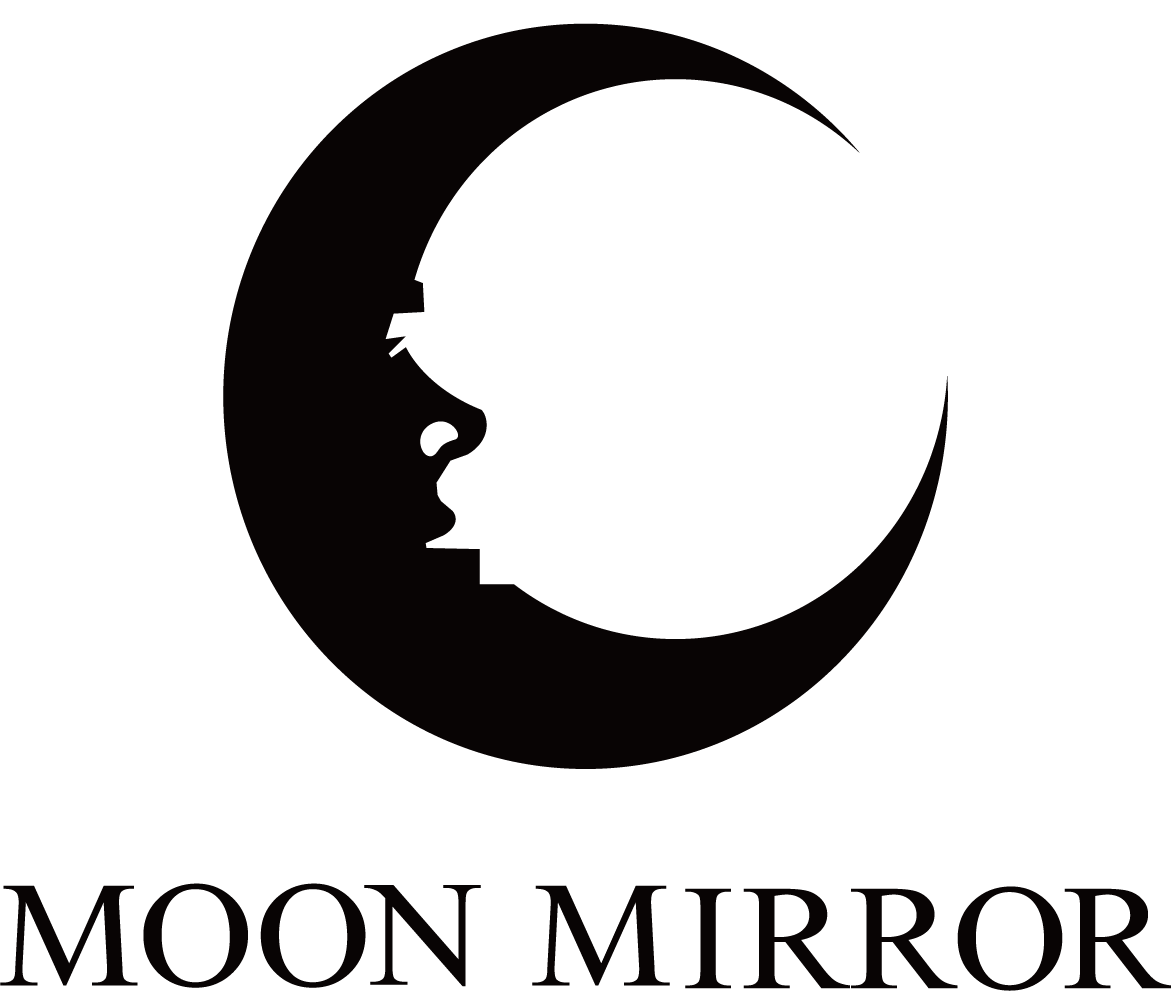
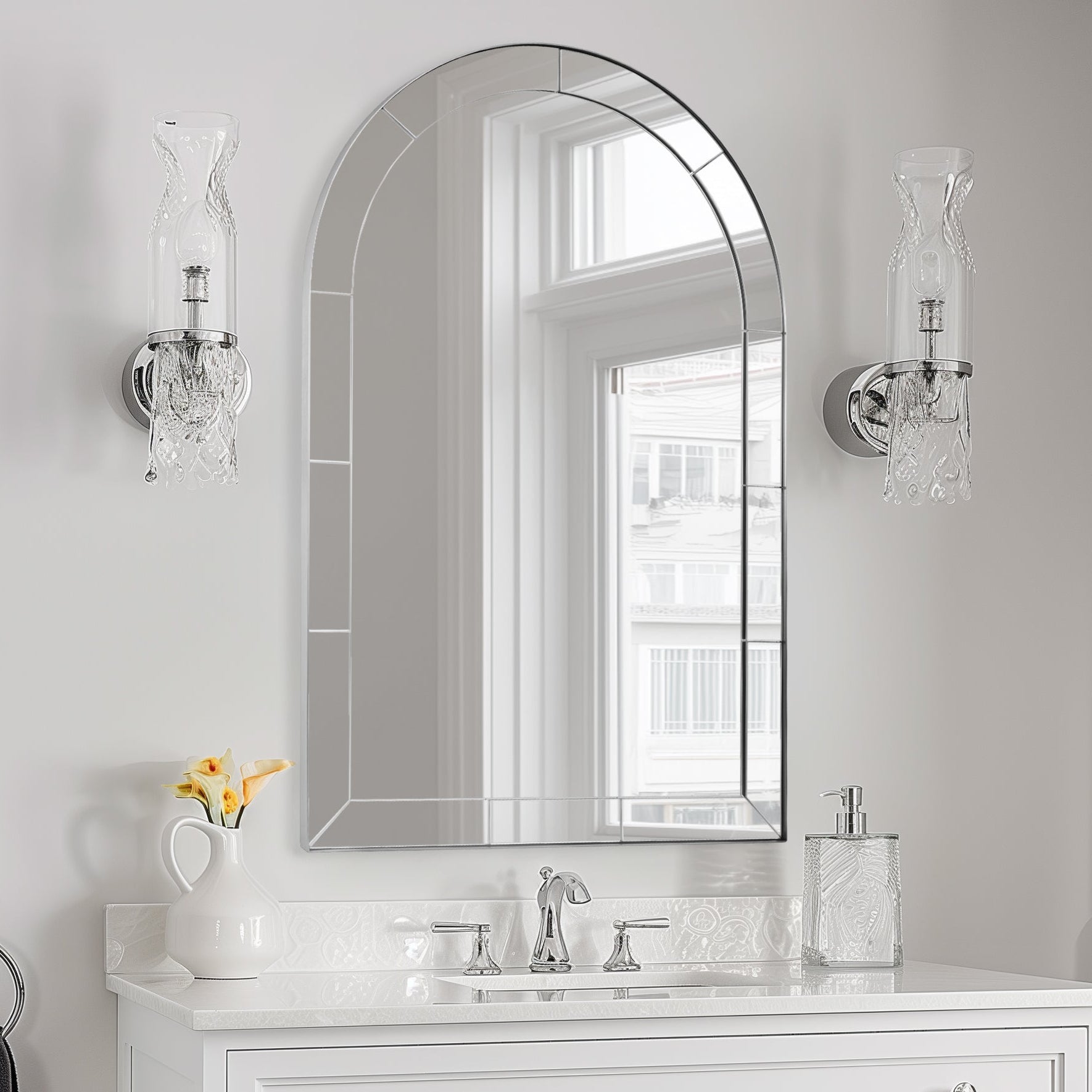

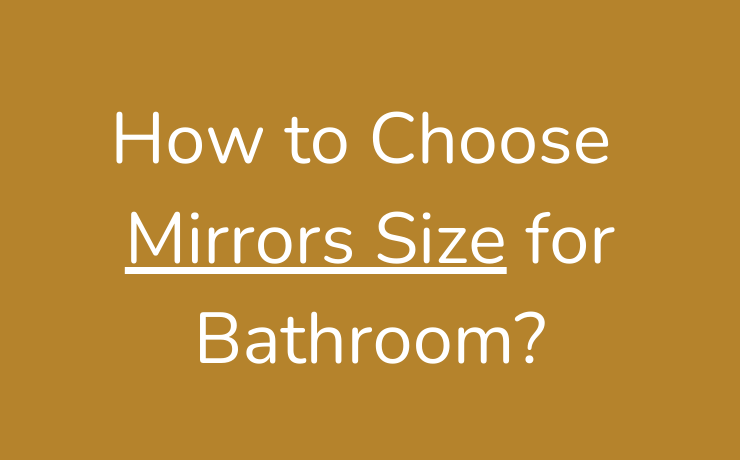

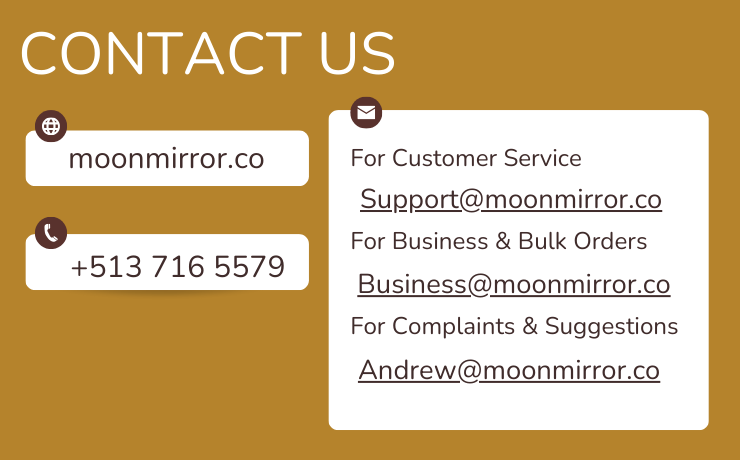

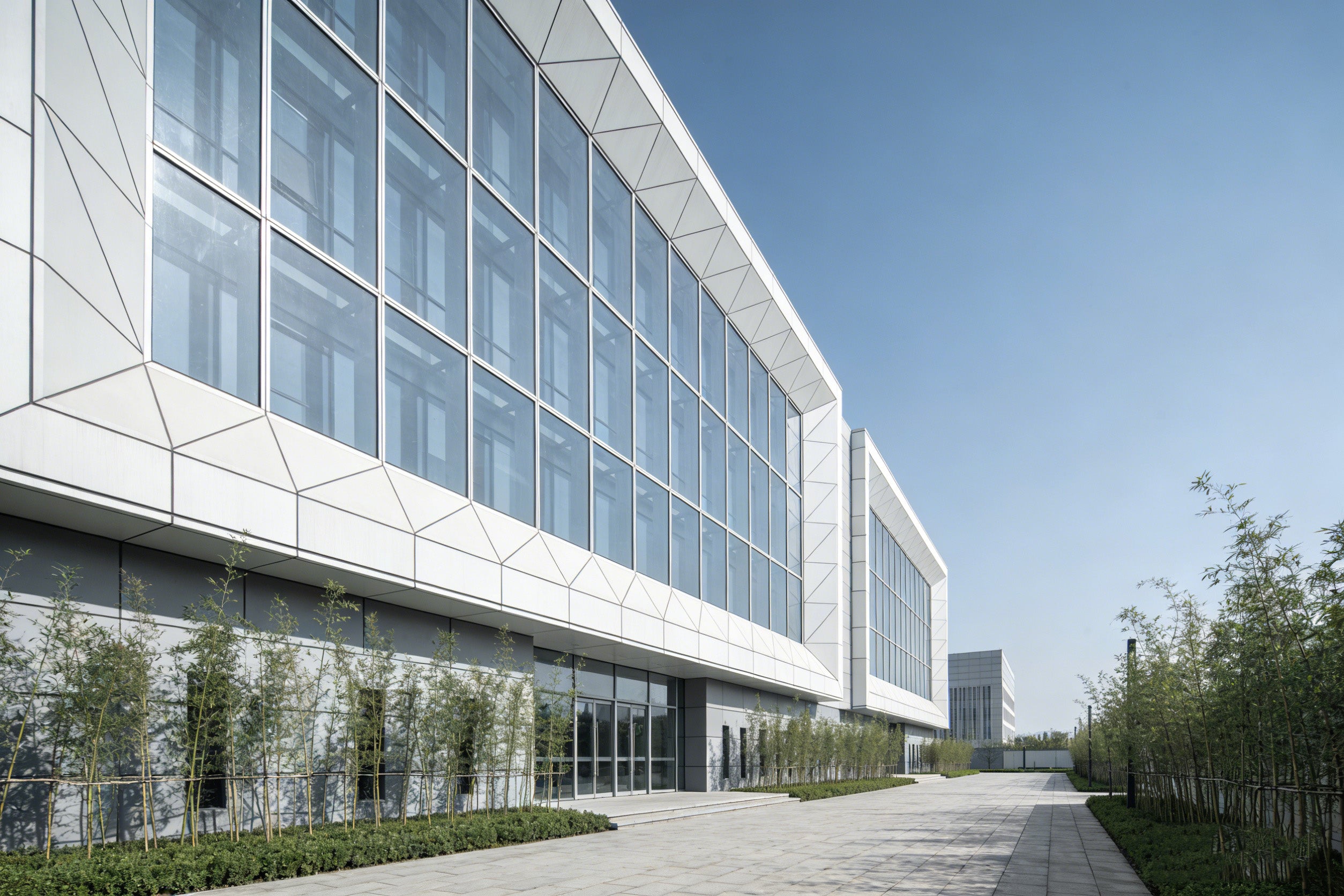
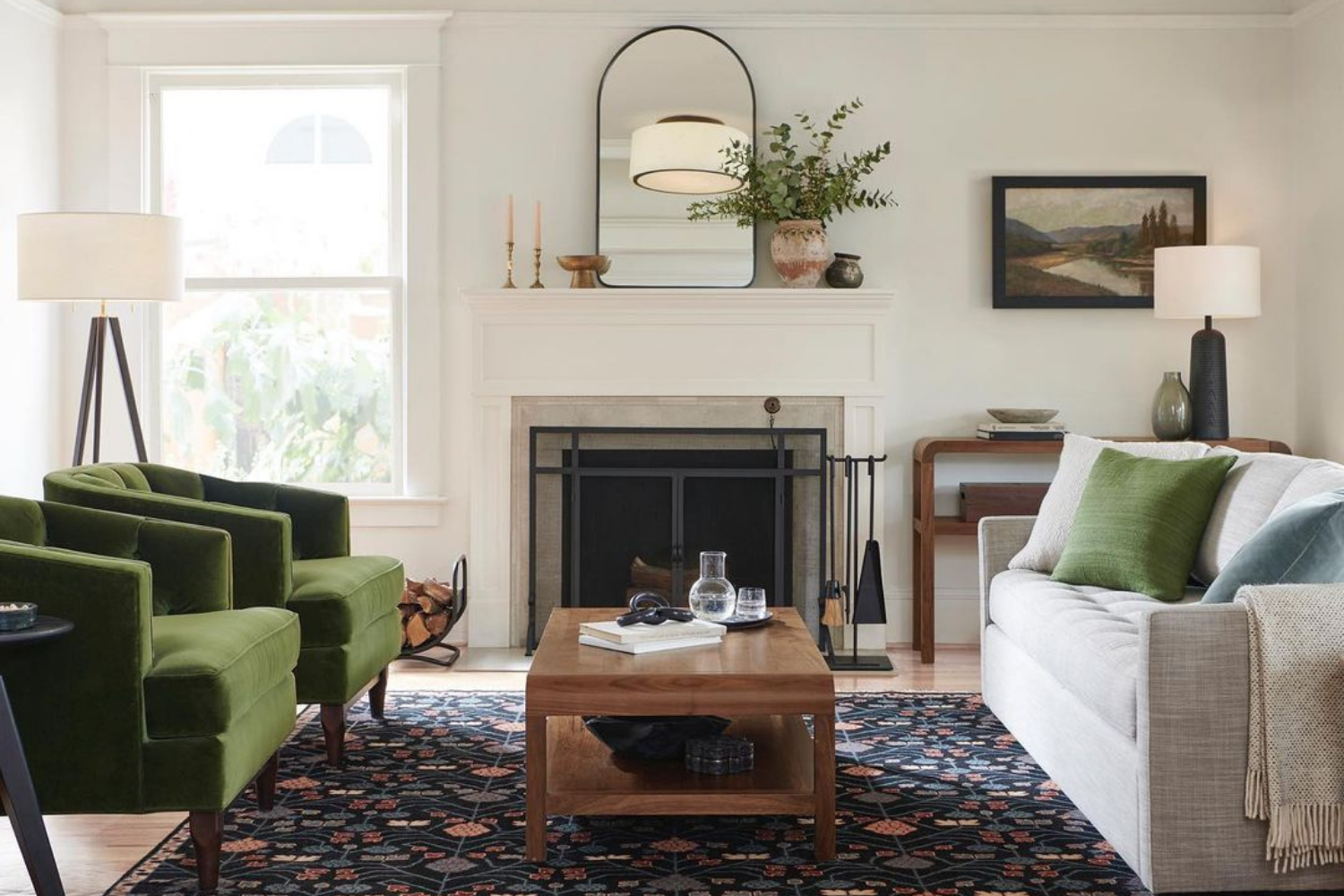
:max_bytes(150000):strip_icc():format(webp)/midcentury-modern-apartment-decor-ideas-7-ashley-montgomery-design-the-harcourt--54c185f95148485e83e2ccb7fc615504.png)
:max_bytes(150000):strip_icc():format(webp)/midcentury-modern-apartment-decor-ideas-16-calimia-home-casa-riviera-2-94447e60123f4a69b040d784346863db.jpeg)
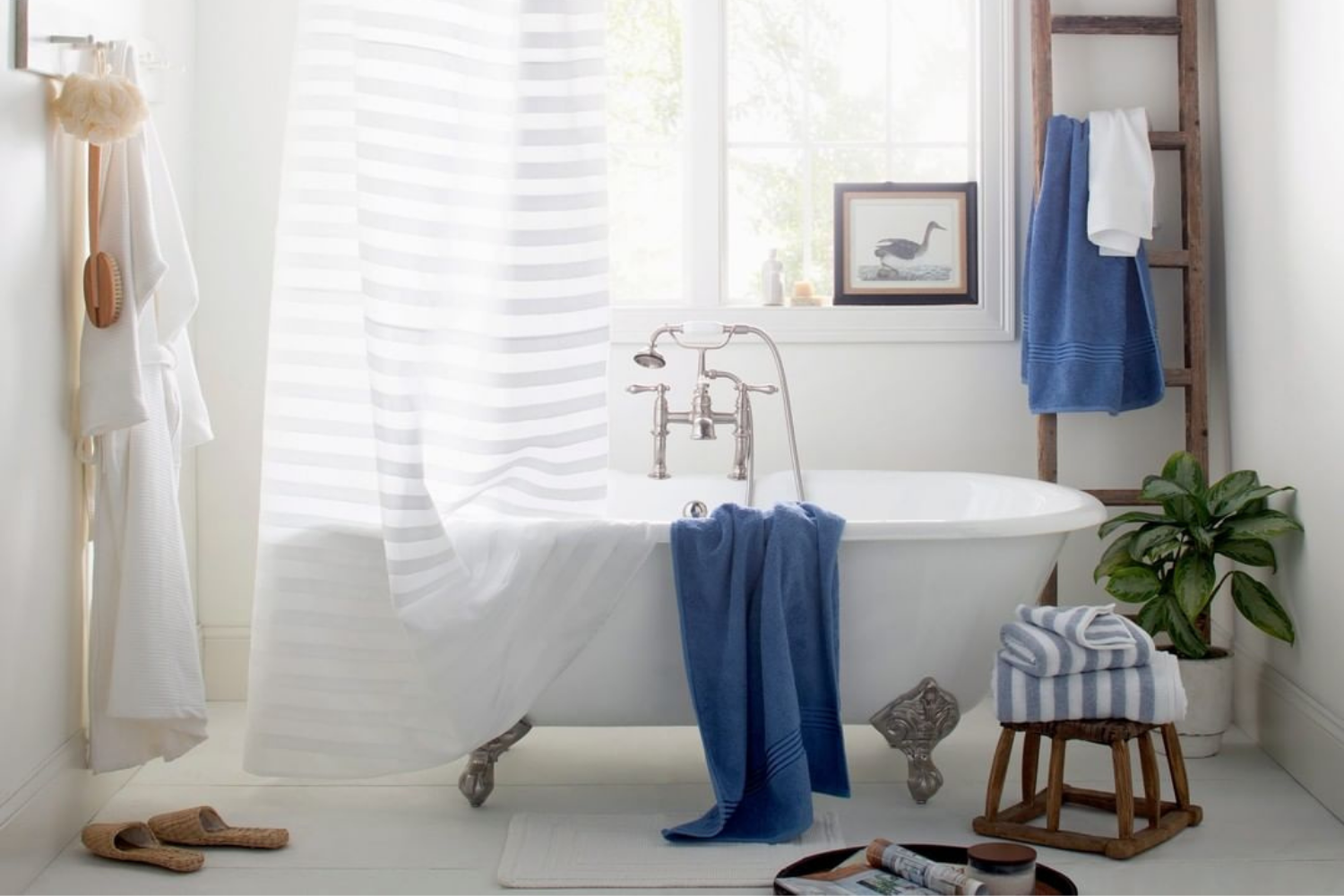
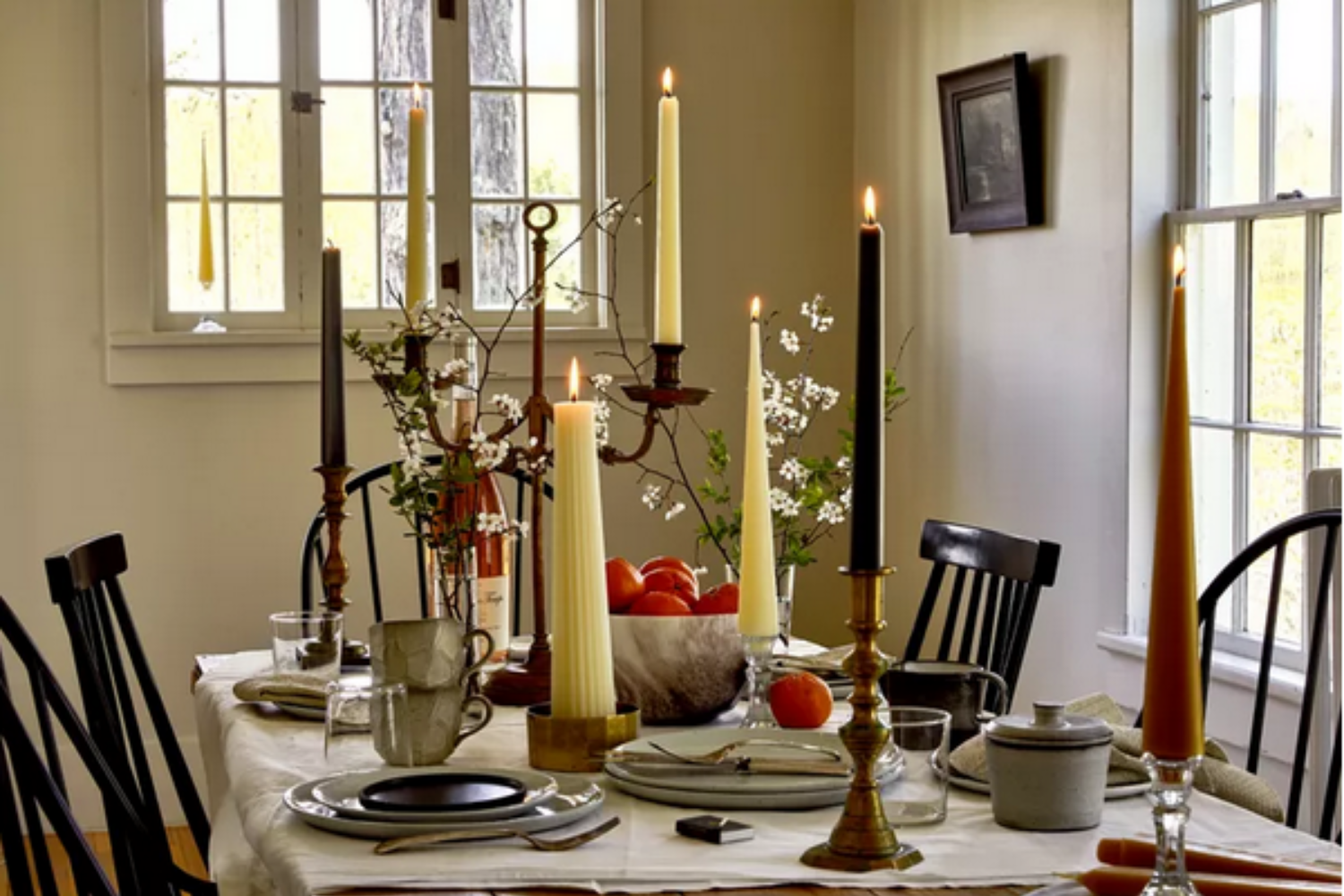











Laisser un commentaire
Ce site est protégé par hCaptcha, et la Politique de confidentialité et les Conditions de service de hCaptcha s’appliquent.